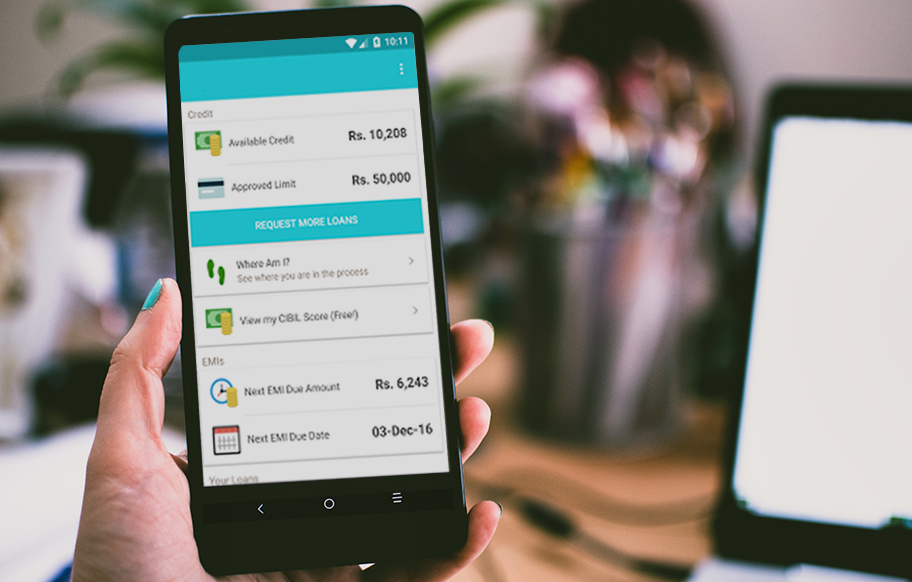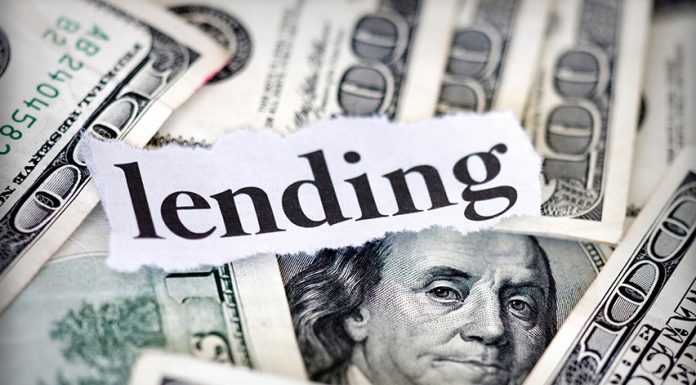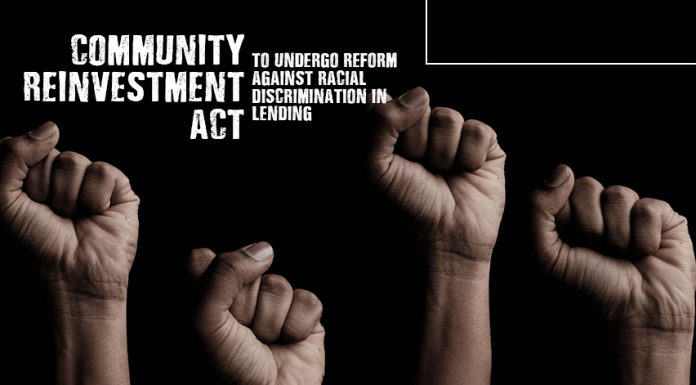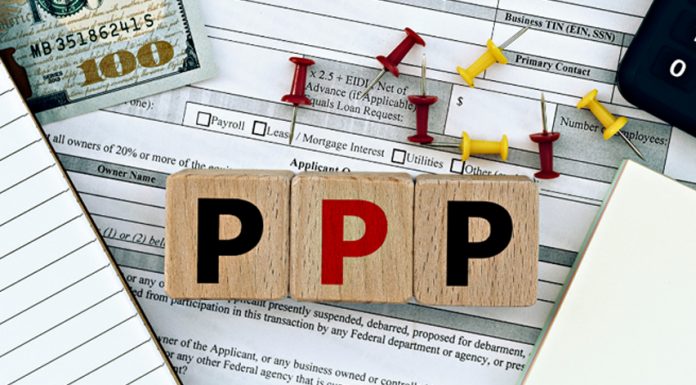Digital lending in India continues to expand and grow with more FinTech companies taking advantage of unsecured loans for funding.
The Omidyar-BCG report states that the sector is close to $100 Bn a year by 2023. Approximately 77 per cent of small businesses is ‘more comfortable’ with digital lending compared to traditional bank loans.
According to Omidyar Network Managing Director Roopa Kudva, the credit demand will increase up to $600-B to propel India’s MSMEs. He also said that “Digital lending offer a meaningful market opportunity for both innovative startups as well as traditional lenders.”

For reference, digital lending refers to getting loan digitally with minimum paperwork involved and all the process being done on the Internet. Given that startups need funding to start operations, banks require more document and paperwork to make sure a business can pay back money and sustain the added interest. In contrary to the long process and strict approval of banks, some businesses opt for digital lending for immediate funds.
MSMEs contribution to India’s GDP
Micro and small business enterprises in India are the major contributors to its GDP and employment. Because of this, the country supplies more credit to small ventures in the hopes that these will be successful and add up to the gross domestic product.
Right now, there are approximately 60 million MSMEs in India with a revenue of 250 crores or $35 million. It is only 10 per cent behind the US’ GDP and 23 points behind China’s.
The government can help support MSMEs by pushing for seamless tax data consent process, enable online access to collateral records and improving loan-financing programs. In addition, lenders can provide security by having better underwriting data, facilitate repayments and transactions. By then, small businesses can flourish and expand, contributing to India’s employment rate and GDP.













